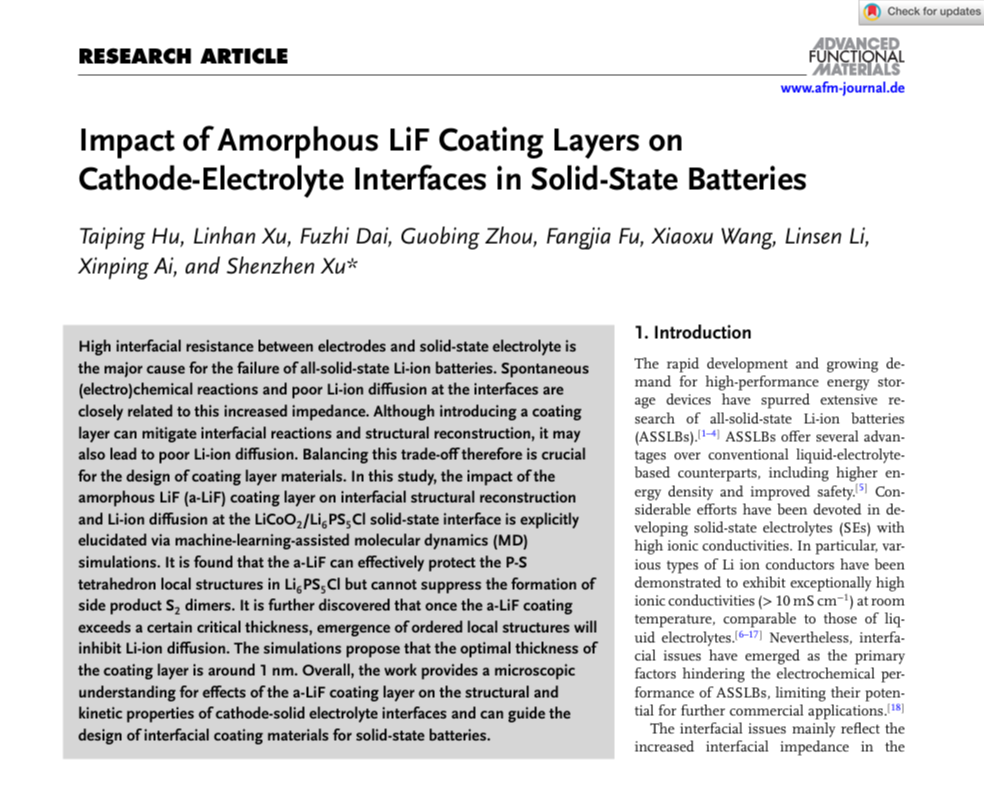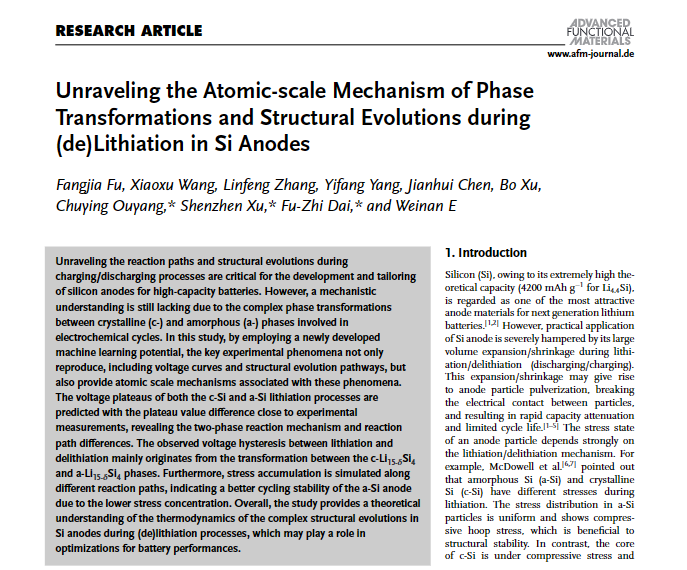Discover What We Discover
Method Development for Studying NQEs in Electrochemical Surface Reactions
Hydrogen transfer is ubiquitous in nature (e.g., aqueous solution, biological systems, and catalysis). As hydrogen is the lightest element, its nuclear quantum effects (NQEs) play an essential role in studying free energy barriers of various reactions, especially at low temperatures. Extensive studies have demonstrated the important effect of NQEs in hydrogen transfer processes in liquid water, organic molecules, and crystalline solids even at room temperature. However, the impact of NQEs is rarely discussed in the catalytic surface reactions occurring in electrochemical energy conversion systems, which involves various types of hydrogen or proton transfer processes under a constant potential condition. Our group makes efforts to develop simulation methods for investigating NQEs at a grand canonical constant potential condition, and apply the methods in various scenarios of surface catalysis relevant to green-energy technologies.
Hydrogen transfer is ubiquitous in nature (e.g., aqueous solution, biological systems, and catalysis). As hydrogen is the lightest element, its nuclear quantum effects (NQEs) play an essential role in studying free energy barriers of various reactions, especially at low temperatures. Extensive studies have demonstrated the important effect of NQEs in hydrogen transfer processes in liquid water, organic molecules, and crystalline solids even at room temperature. However, the impact of NQEs is rarely discussed in the catalytic surface reactions occurring in electrochemical energy conversion systems, which involves various types of hydrogen or proton transfer processes under a constant potential condition. Our group makes efforts to develop simulation methods for investigating NQEs at a grand canonical constant potential condition, and apply the methods in various scenarios of surface catalysis relevant to green-energy technologies.
Battery materials simulations assisted by machine-learning force field
The trade-off between the accuracy and efficiency of molecular simulations has always been a great challenge for theoretical studies in materials science, especially in the cutting-edge research for Li-ion battery systems involving complex transition metal oxides, solid-solid or solid-liquid interfaces, phase transformations, and so on. Benefiting from the recent development of machine-learning force field, both the accuracy of atomic-interaction descriptions and computational efficiency can be improved simultaneously. We apply machine-learning potentials combined with molecular dynamics or Monte Carlo algorithms to investigate a variety of thermodynamic and kinetic processes in cathode/anode materials and in solid-electrolyte interfacial systems. Our interested topics are closely related to the performance and safety of Li-ion batteries. We also make efforts to develop machine-learning-potential training workflows to fit for different application scenarios in the battery materials research.
The trade-off between the accuracy and efficiency of molecular simulations has always been a great challenge for theoretical studies in materials science, especially in the cutting-edge research for Li-ion battery systems involving complex transition metal oxides, solid-solid or solid-liquid interfaces, phase transformations, and so on. Benefiting from the recent development of machine-learning force field, both the accuracy of atomic-interaction descriptions and computational efficiency can be improved simultaneously. We apply machine-learning potentials combined with molecular dynamics or Monte Carlo algorithms to investigate a variety of thermodynamic and kinetic processes in cathode/anode materials and in solid-electrolyte interfacial systems. Our interested topics are closely related to the performance and safety of Li-ion batteries. We also make efforts to develop machine-learning-potential training workflows to fit for different application scenarios in the battery materials research.

Apr 2, 2025
Observing Li Nucleation at the Li Metal–Solid Electrolyte Interface in All-Solid-State Batteries
ACS Nano
Yun An, Taiping Hu, Quanquan Pang*, and Shenzhen Xu*
See Origin
Apr 21, 2024
Impact of Amorphous LiF Coating Layers on Cathode-Electrolyte Interfaces in Solid-State Batteries
Advanced Functional Materials
Taiping Hu, Linhan Xu, Fuzhi Dai, Guobing Zhou, Fangjia Fu, Xiaoxu Wang, Linsen Li, Xinping Ai, Shenzhen Xu*
See Origin
May 24, 2023
Unraveling the Atomic‐scale Mechanism of Phase Transformations and Structural Evolutions during (de)Lithiation in Si Anodes
Advanced Functional Materials



